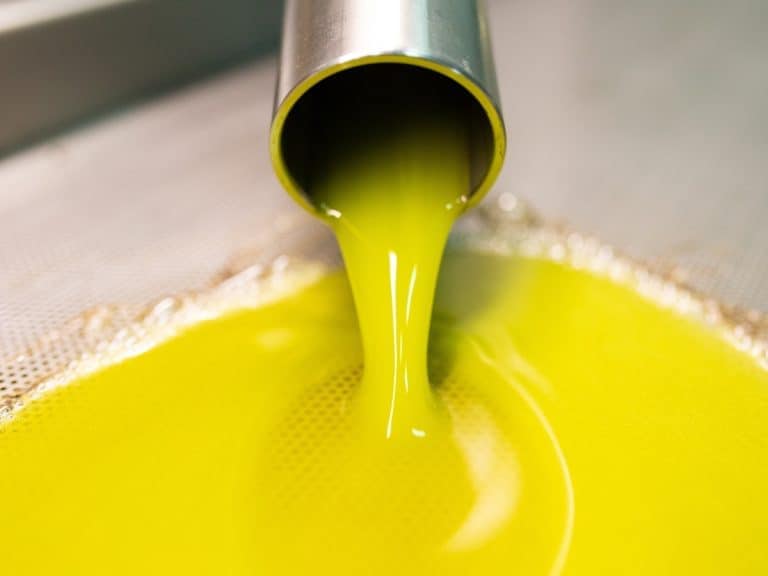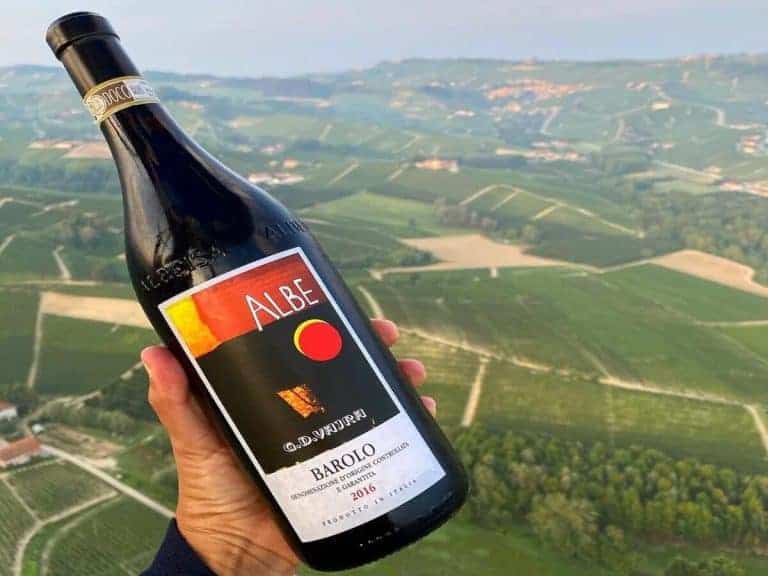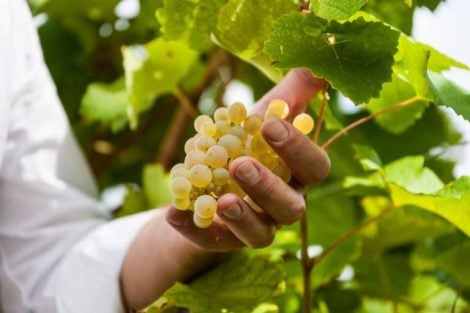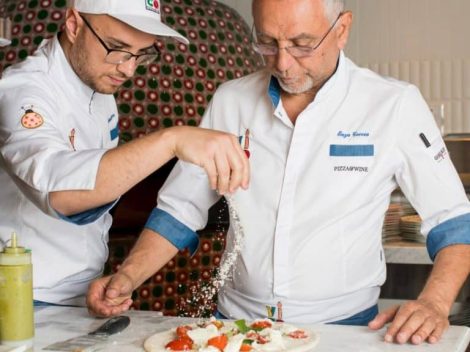The connection between the area now defined by the regional borders of Lazio and the olive tree has roots that go back millennia. Numerous archaeological finds testify to the presence of the olive tree in the Lazio area as early as the 7th century BC, including various sized jars used to store oil for culinary use. While the Etruscans and Sabines were the first to care for the olive tree and process its olives, it was the Romans who spread olive cultivation throughout the Mediterranean basin and improved cultivation techniques. By the 1st century AD, Pliny the Elder, in his work Naturalis Historia, explained how to approach proper agronomic techniques and produce quality oil. From there, efforts began to establish which oils were of the highest quality, leading to the first commercial classifications. One indication of the importance of oil in Rome is Monte Testaccio, a unique archaeological site where around 53 million terracotta amphorae, used for oil storage, were piled up in the 3rd century AD, and which today stands 36 meters high.
The 2023/2024 Olive Oil Season
Lazio is characterized by hilly terrains of volcanic origin, mainly tuffaceous and clayey in the north and calcareous and rocky in the south, hosting many native varieties (such as Itrana, Carboncella, Caninese, and Rosciola) along with typical central Italian varieties. The latest olive oil season cannot be considered positive in terms of quantity. Spring rains negatively impacted flowering, especially in inland areas, resulting in patchy production overall. However, this did not stop the many producers who have long focused on quality, and who this year again stood out for their excellent products, as highlighted in the latest edition of the Gambero Rosso Oli d'Italia guide.


 Non-alcoholic wines? Call them what you want, but they’re still a derivative of wine.” An Interview with Martin Foradori
Non-alcoholic wines? Call them what you want, but they’re still a derivative of wine.” An Interview with Martin Foradori The 8 best Trentodoc wines chosen by Gambero Rosso
The 8 best Trentodoc wines chosen by Gambero Rosso A Piedmont wine enters the top ten of Wine Spectator's "Top 100"
A Piedmont wine enters the top ten of Wine Spectator's "Top 100" Sparkling wines surpass still wines in Italian out-of-home consumption. Most popular during the aperitif
Sparkling wines surpass still wines in Italian out-of-home consumption. Most popular during the aperitif American Barbecue wins a Michelin star for the first time in history
American Barbecue wins a Michelin star for the first time in history







